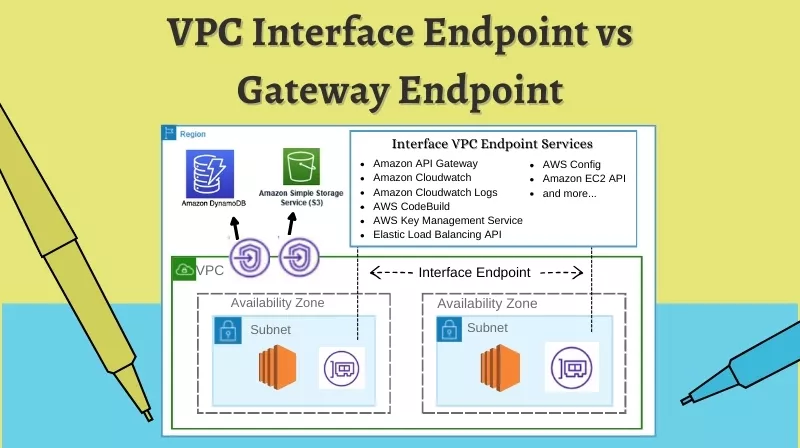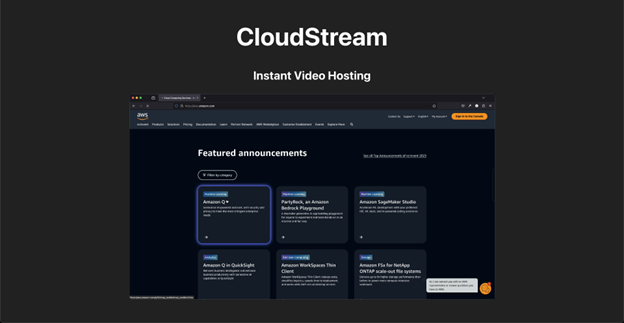Amazon Q
Nestor Mayagma Jr.2025-11-25T11:49:38+00:00Bookmarks Features Sub-modules Security Pricing References Amazon Q Cheat Sheet Amazon Q is an AI assistant that’s designed to be generative, meaning it can generate content, solve problems, and perform tasks using the data and expertise within your company. Use Cases Amazon Q is designed to provide quick and relevant answers to questions, streamline tasks, speed up decision-making, and foster creativity and innovation at work. Business Insights: With QuickSight integration, Q can combine unstructured (docs) + structured data (dashboards / databases) to answer questions like “What's our revenue trend + narrative?”. Customer Service: [...]










